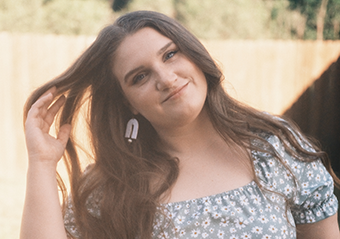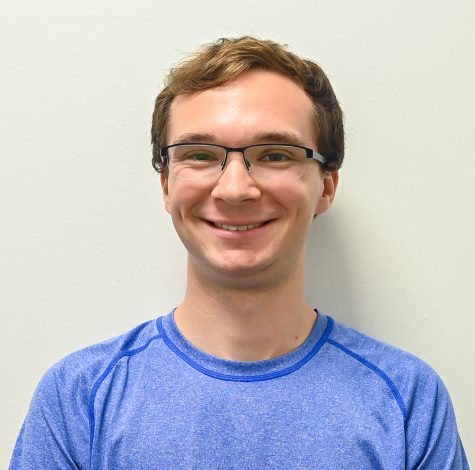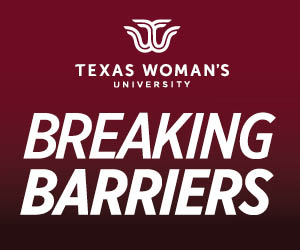LGBTQ student summit fosters conversations about identity
November 2, 2022
Cheyenne Murray always knew something about her was different.
“I didn’t have crushes the way that they did,” the program leader of inclusive excellence said. “I liked people differently from the way that they did, but I never had a word for it.”
It wasn’t until Murray got into college and became involved with her school’s LGBTQ center that she started to learn about sexuality and gender identity. She now identifies as biromantic asexual.
“What that means is I am romantically attracted to people of multiple genders, and I am sexually attracted to no one,” she said.
North Lake held a summit Oct. 14 for the LGBTQ community. Panelists shared stories about their journeys of self-acceptance and answered audience questions about how to navigate their own.
College is an important time to provide resources to students about gender and sexual identities, and greater exposure to a larger variety of people can be eye-opening to those questioning their own identities, said Murray.
“[College] was the first time that I really heard someone actually say that there’s research out there that shows, for women in particular, that our understanding of our sexuality can really change over time,” Katy Lunius, strategy officer for student success said.
But college isn’t the only place people can learn about gender and sexuality. Other panelists found gender affirmation in their Saturday morning cartoons.
“Bugs Bunny was the first person that told me that gender and sexuality were fluid,” Steve Benezue, former Dallas College gallery director, said. “Sometimes Bugs was a boy, sometimes Bugs was a girl. Bugs would dress up in clothes of both genders and would act as both genders to the antagonist.”
However, Benezue struggled to express himself as effortlessly as the cartoon could.
“For us older queens, you were really told to keep your head down and keep your mouth shut back then,” he said. “I’m so happy that today you don’t. But back when we were young, we really had to blend in, don’t stand out and don’t make waves. But now, I think what really matters is for LGBTQ youth to vote, to be visible and to fight the good fight.”
Ms. Penny Cost, a guest host and drag queen, talked about the importance of chosen families and drag houses to the LGBTQ community.
“These drag houses are in lieu of the houses that many were kicked out from and so it is very much like family,” Cost said. “Not only does a drag mother teach about drag, but also how to navigate the world as a queer person and their authentic self.”
Dressed in a 1950s housewife inspired ensemble, accented by a glittering rainbow, she described the hourslong process it takes to get ready for a show. Drag is an entertaining performance act. Their outfits and makeup could be considered a form of art. But there is a deeper meaning for Cost.
“I believe that drag is any act that bends the traditional view of self or other through intentional space taking, subversive system shaking and joyful community awakening,” she said. “Because the art of drag, for me, has historically just laughed in the face of injustice while wiping the tears off the face of the oppressed.”
After a childhood of having to hide who he was, comedian Jasper Lightsey remembers his first experience of seeing people like him unapologetically expressing their love.
“I come from a small town: Shut up. Go to work. Find a wife. Get married. But that was not in me,” he said. “I went on a trip with a gay guy that worked with me at KFC to Dallas. And oh my God. Men holding hands. Men dancing. Women dancing. It took me two months to pack and get my ass back to Dallas.”
Social adoption and the creation of found families is significant to many members of the community. If a young LGBTQ person finds themselves exiled from their biological household, people like Lightsey are there to accept them into their own.
Lightsey decided he wanted to do what he could to make sure other young LGBTQ people didn’t have to experience the struggles he did growing up.
“I have 20 gay children, 100 and something gay grandchildren,” he said. “I don’t know if y’all know what that means but that’s when a young youth finds a gay older person that can enlighten you, can lead you and can listen to you instead of your biological parents. That’s what a gay parent is and that’s what I am in the community right now.”
An important step to acceptance and understanding is continuing to learn and grow within the community as well as having hard conversations with those outside, the panelists said.
“We learn from history, we learn from cartoons, we learn from people around us and we learn from each other,” Murray said. “That level of self-acceptance is something that is so powerful. It’s something that the queer community is always striving for and always striving to improve. And so as we look to the future and we look for acceptance, we always want to look to the past as well.”





